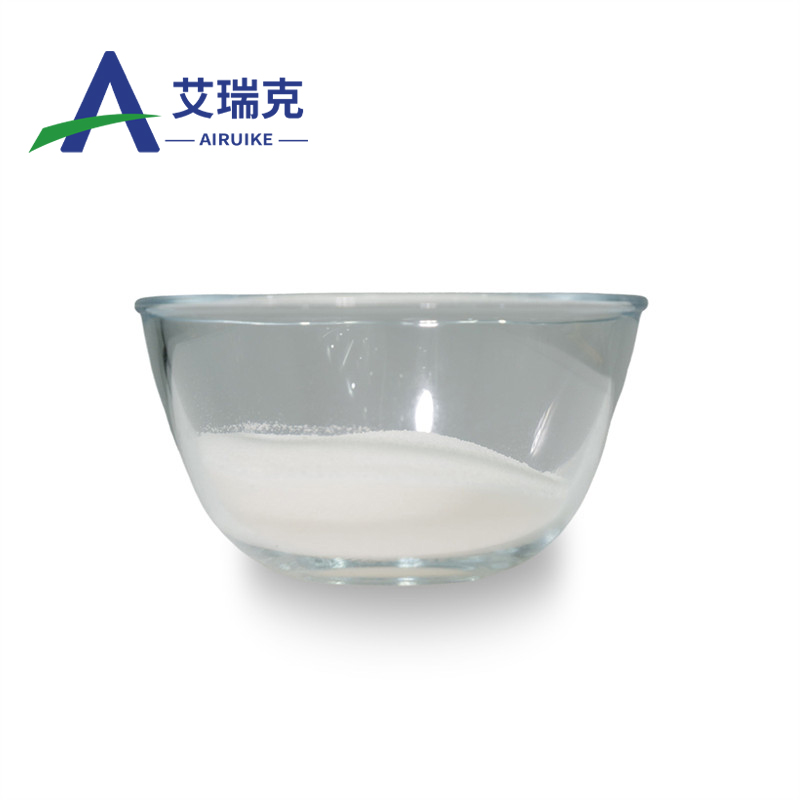-
Categories
-
Pharmaceutical Intermediates
-
Active Pharmaceutical Ingredients
-
Food Additives
- Industrial Coatings
- Agrochemicals
- Dyes and Pigments
- Surfactant
- Flavors and Fragrances
- Chemical Reagents
- Catalyst and Auxiliary
- Natural Products
- Inorganic Chemistry
-
Organic Chemistry
-
Biochemical Engineering
- Analytical Chemistry
-
Cosmetic Ingredient
- Water Treatment Chemical
-
Pharmaceutical Intermediates
Promotion
ECHEMI Mall
Wholesale
Weekly Price
Exhibition
News
-
Trade Service
Click on the blue word to follow us
Due to proteins involved in regulating neuronal excitability, the brain is very sensitive to changes in pH, and effective synaptic transmission depends critically on proper pH.
There is growing evidence that changes in intracellular pH (pHi) in the brain are associated with cognitive, emotional and psychotic behavior, and that decreased neuronal pHi may be strongly associated with
depression severity.
Sodium/hydrogen ion exchangers (NHEs) belong to a family of highly conserved transporters whose function is to regulate pHi by removing intracellular protons in exchange for extracellular sodium to protect cells from metabolism-induced acidification
.
In mammals, NHEs can be divided into three categories, among which the NHE1 protein encoded by SLC9A1 gene is widely expressed in cerebral cortex, hippocampus, cerebellum and other tissues
.
On November 11, 2022, Yu Shuyan's team from the School of Basic Medicine of Shandong University published an article in Science Advances that revealed the molecular mechanism
of hippocampal discomfort and synaptic plasticity induced by chronic stress after intracellular PH imbalance, which induces depression-like behavior.
While chronic stress caused depressive-like behavior in rats, neuronal pHi in the CA1 region of the hippocampus decreased significantly
.
The complexity of neurons in the CA1 region of the hippocampus decreased, the dendritic spines and synaptic density decreased, and the microexcitatory postsynaptic current and spontaneous excitatory postsynaptic current were weakened, which indicated that chronic stress caused hippocampal synaptic plasticity in rats hippocampus that was not adapted
.
Figure 1: Chronic stress causes a decrease in neuronal pHi in the CA1 region of the hippocampus
after chronic stress.
Virus-specific reduction of NHE1 protein in the CA1 region of the rat hippocampus did not cause depressive-like behavior, but it could cause depressive-like behavioral disorder
after 2 weeks of chronic stress.
Further experiments showed that after reducing NHE1 protein in the CA1 region of the rat hippocampus, the neuronal pHi in this region was significantly reduced, the complexity of neurons decreased, the density of dendritic spines decreased, and the microexcitatory postsynaptic current and spontaneous excitatory postsynaptic current were weakened, causing hippocampal synaptic plasticity disorders
.
Figure 2: The hippocampal maladaptive synaptic plasticity ubiquitin proteasome pathway caused by chronic stress is the most important protein degradation pathway in almost all eukaryotes, and CUL4A acts as the core E3 ubiquitin ligase, catalyzing and degrading
K48-linked ubiquitinated target proteins.
Single-cell sequencing technology found that chronic stress induced downregulation of NHE1 protein levels involved in proteasome degradation signaling pathways
.
In addition, CUL4A levels were significantly elevated
in the CA1 region of the hippocampus.
In vivo cell experiments found that CUL4A and NHE1 were colocalized
within the endoplasmic reticulum.
The researchers overexpressed CUL4A in the CA1 region of the hippocampus by the virus, which caused a decrease in the level of NHE1 protein, which can cause the hippocampal brain region to not adapt to changes in synaptic plasticity, causing depressive-like behavior
.
Chemical chronic inhibition of pyramidal neurons in the CA1 region can also cause depressive-like behavior
in rats.
Figure 3: Overexpression of CUL4A causes hippocampal maladaptation to synaptic plasticity
This article reveals that the imbalance of intracellular PH homeostasis in hippocampal neurons causes unadaptive synaptic plasticity and eventually causes depressive-like behavior, which relies on CUL4A signaling, and elevated CUL4A expression promotes the degradation of NHE1 protein and causes intracellular pH reduction
.
【References】
1.
Stress-induced reduction of Na+/H+ exchanger isoform 1promotes maladaptation of neuroplasticityand exacerbates depressive behaviors
The images in the article are from references







